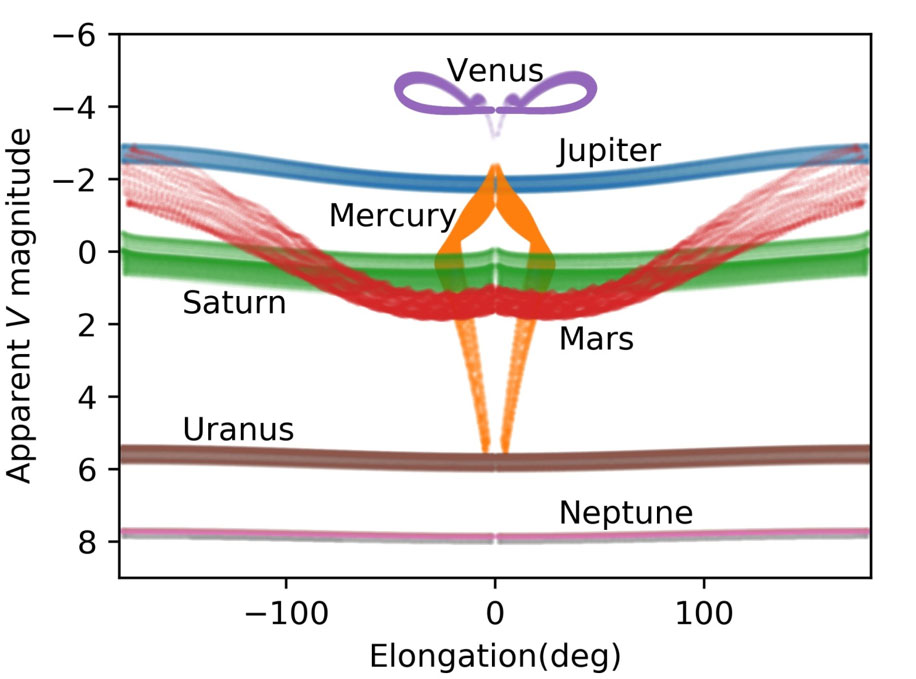I'm curious if any of you know of a SkyView-like app for satellite tracking that can go back in time.
I'm trying confirm whether two stationary planet-like (in brightness) light sources that were closer together than usual for planets (that I assumed to be Saturn and Jupiter initially) were in fact satellites reflecting sunlight that passed into the Earth's shadow (as they faded out about a minute after first I spotted them). It was their closeness together and their brightness that caught my attention. (The "two satellites" sighting occurred in the mid-Atlantic in the Northwest Sky ~2:45 AM on Sunday night, technically Monday morning, May 29, 2023.)
I'm trying confirm whether two stationary planet-like (in brightness) light sources that were closer together than usual for planets (that I assumed to be Saturn and Jupiter initially) were in fact satellites reflecting sunlight that passed into the Earth's shadow (as they faded out about a minute after first I spotted them). It was their closeness together and their brightness that caught my attention. (The "two satellites" sighting occurred in the mid-Atlantic in the Northwest Sky ~2:45 AM on Sunday night, technically Monday morning, May 29, 2023.)

